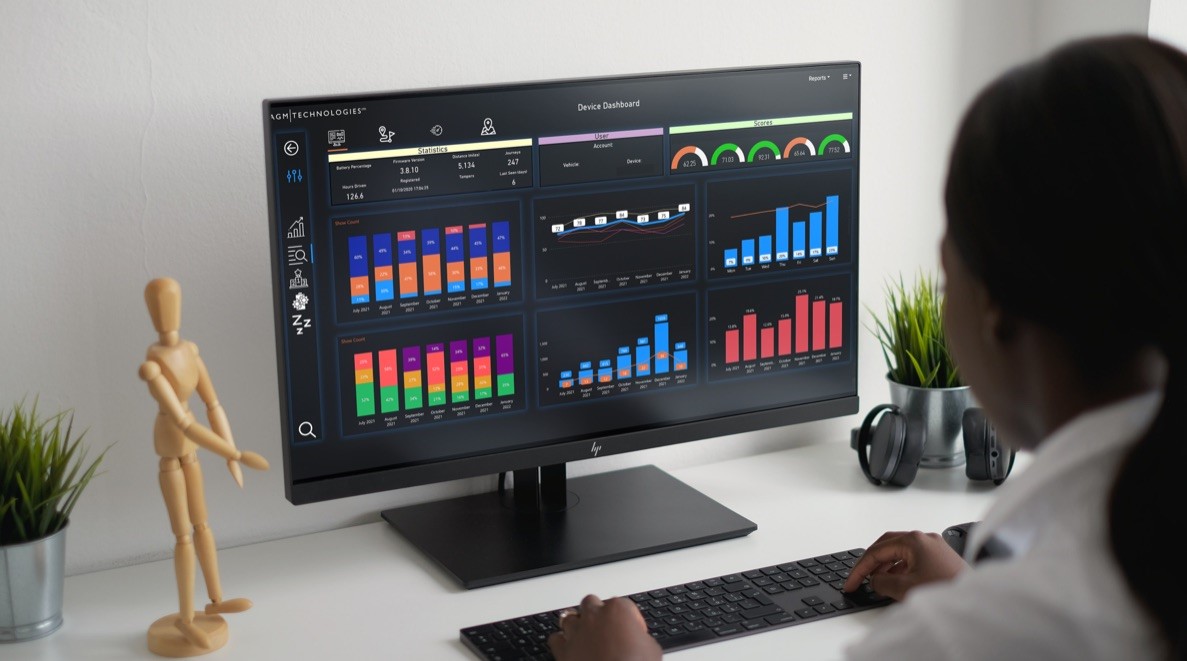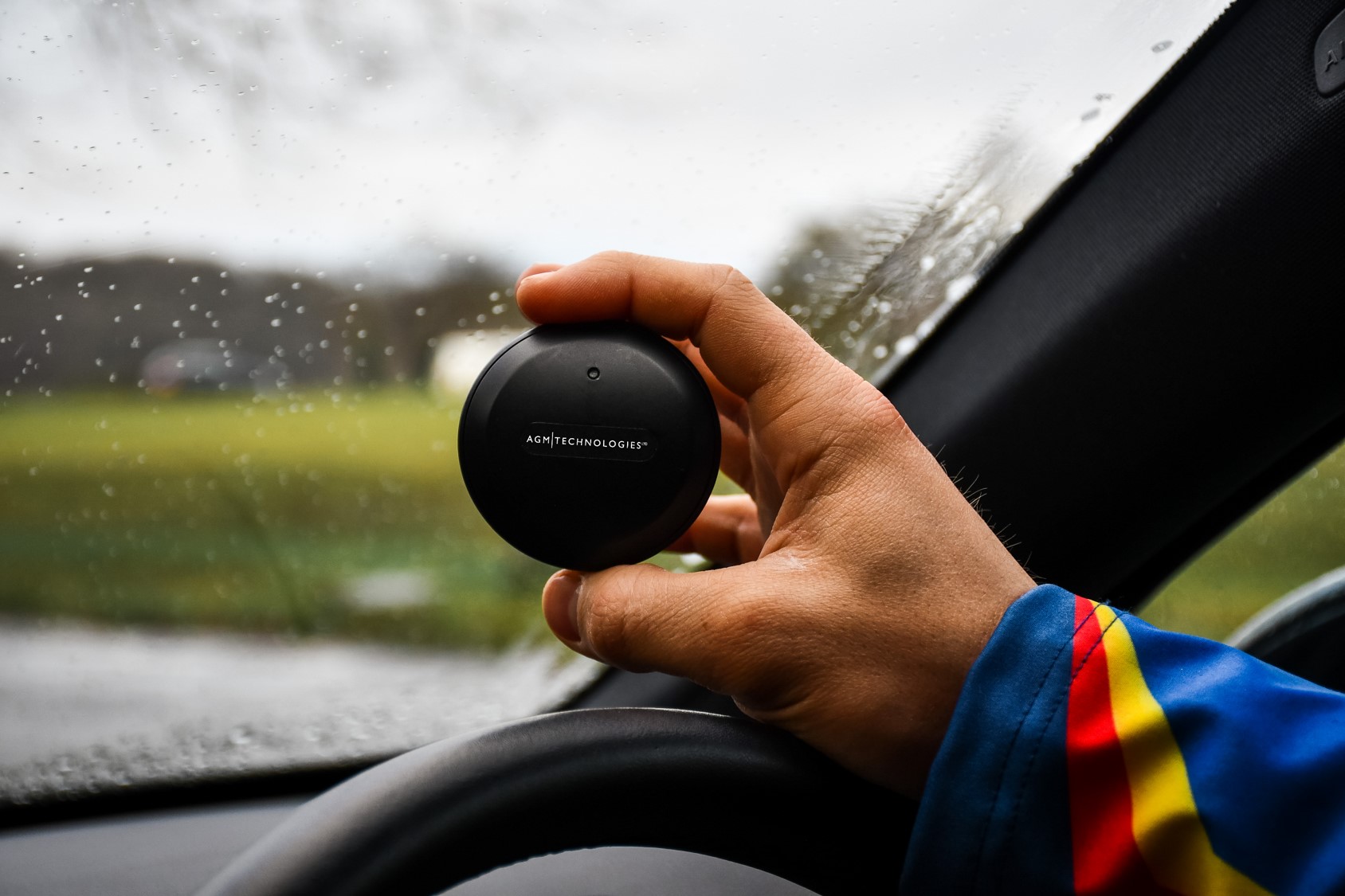
Objectives of the service

Within an hour, vehicle insurance companies would like accurate electronic data relating to a crash or incident so they can decide how to handle the notification of the event internally and to third parties like vehicle recovery and the ambulance service. Currently insurers are dependent on phone calls from the insured driver and possibly an alert from a tracker that an incident has occurred. The result is that the insurance company lose control over the recovery and repair of the vehicle.
AGM Technologies provide high quality data to the insurance company from a battery powered windscreen mounted device (Fig2). The aim of the project is to provide the improved analytics to maximise the use of the data (Fig 2) to give as complete picture of the accident as possible to the insurance agent.
Users and their needs
The users of the AFNOL service are the claims handlers and data analysts within vehicle insurance companies. The data analysts need accurate and sufficiently granular data to start to apply Artificial Intelligence/Machine Learning so they can begin to understand the meaning of the data. For example, is it a real crash or not and the severity of the crash with regards to potential injury? Using an AI enhanced view they are looking to the analysis to be able to settle claims quickly and confidently as possible.
The challenges for the project are
- to ensure the data sent to the insurance company is pre-qualified by removing misleading or false positive data.
- to provide the impact analysis showing severity and angle of impact. Deduce the likelihood of injury to driver and passengers.
- pull together all the data needed to determine if a fraud has taken place
- put in place the data platform from which AI/ML can grow
The need is international with a known demand from South Africa and Asia.
Service/ system concept
The system user is provided with a user interface which will provide clear and simple advice to the user in the event of a crash which allows them to see:
- Type of crash
- Severity of crash
- Potential likelihood of injury
- Estimated cost and liability of the incident.
From this information the user can manage the internal and external communication of all aspect of the crash.
The overall system takes enhanced positional and timing data from the in-vehicle device iC6/7 (Fig2) and aggregates it to produce the situational awareness required. The system’s enhanced data includes increased positioning sampling frequency from 30s to 1Hz and the accelerometer sensor sampling rate increased from 100Hz to 400Hz. This increased sampling rate or granularity is sufficient to allow the generation of the Machine Learning models.
The software development activity in the project includes
- changes needed to handle the enhanced sampling rates and the addition of other external data feeds like weather.
- New user interface as described.
Space Added Value
AGMT make full use of GNSS to provide position and compute speed. A strong relationship with SONY has allowed the delivery of a sampling rate of 1Hz.
Current Status

From our market exposure during the demonstrator project, we have identified a new market where we can specifically reuse the crash trigger technology. Rather than sell a full Usage Based Device to insurers we can package the crash detection portion as a co-processor. This co-processor is of value to other telematics service providers who currently are weak on crash detection resulting in numerous false positives as identified in the project. The reduction/elimination of false positives will reduce the commercial and processing load on their systems.
By creating a separate co-processor as a product, we will be able to access the previously unavailable large installed market dominated by the major players in the market with both telematics boxes and Smartphone services across both fleet and personal vehicle insurance markets. We envisage two configurations, one where we integrate the components into another party’s hardware and second where the device can be used in conjunction with a third-party unit via BLE.



